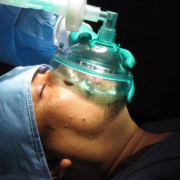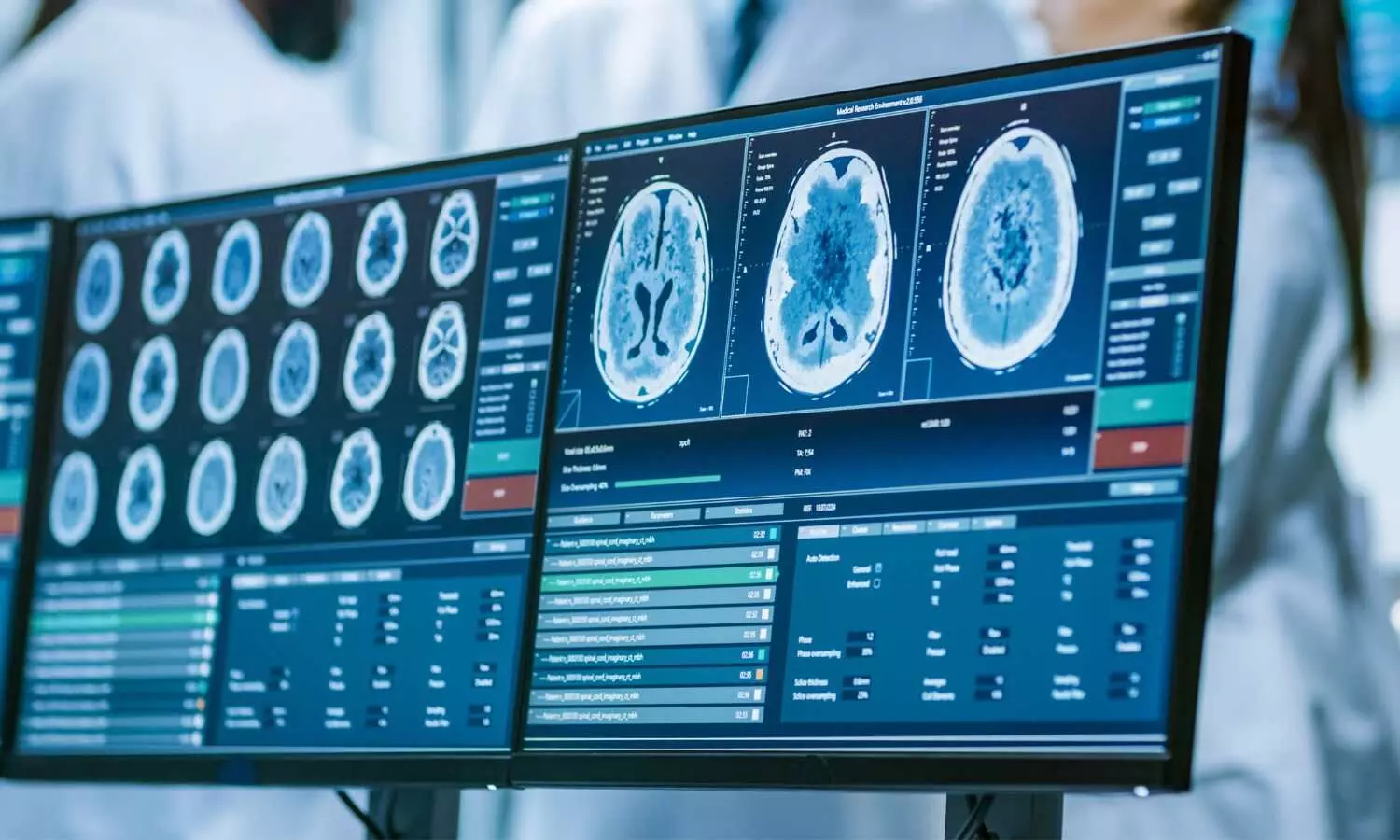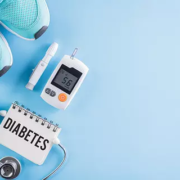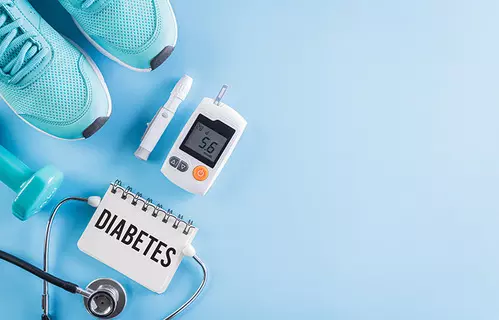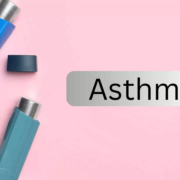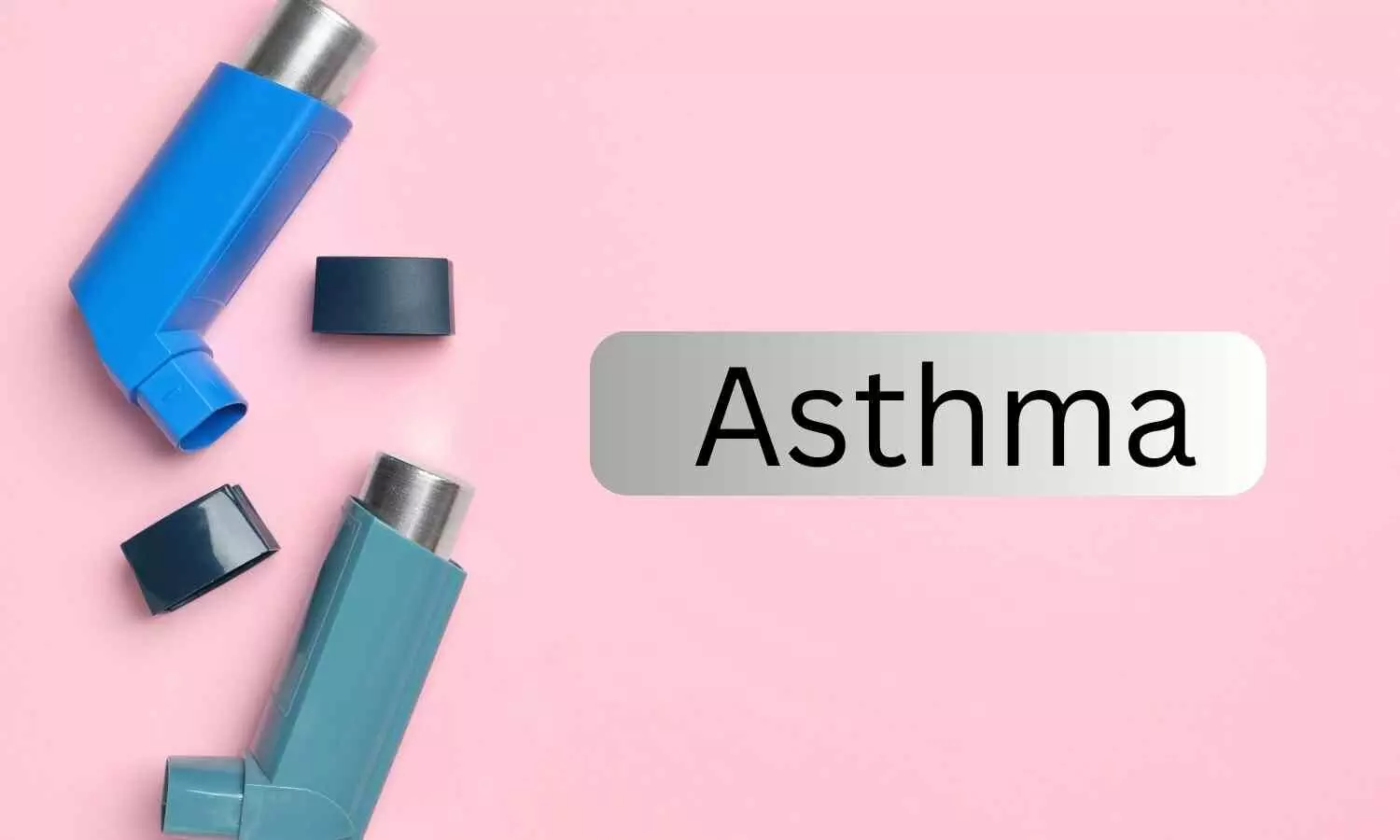Cuddling the Circuit: How Circuit Insulation Enhances Gas Delivery in Anesthesia, study finds
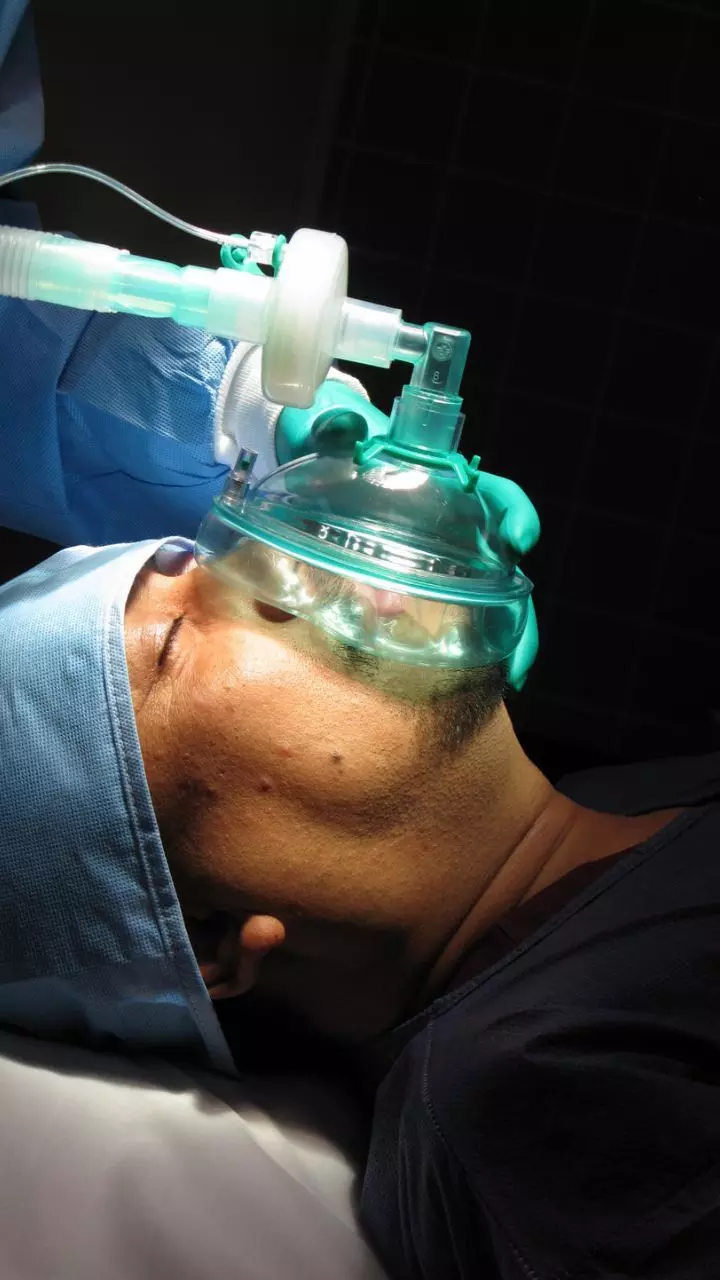
Recent study explores the effect of breathing circuit insulation on the conditioning of inspired gases and the condensation of water vapor during general anesthesia, utilizing an in vitro mechanical lung model. Insufficient temperature and humidity of inspired gases may lead to mucus membrane dehydration, ciliary dysfunction, retention of secretions, and potential atelectasis, compromising postoperative pulmonary function. The methodology involved comparing three types of insulation (foam, cotton, and polyester) against non-insulated tubing (control), with measurements taken for temperature, absolute humidity (AH), and water vapor condensation after 120 minutes. The analysis employed Bonferroni-Holm adjustments to account for multiple testing.
Results of Insulation Performance
Results indicated enhanced performance of foam insulation, which resulted in higher temperatures and AH compared to the control and the other insulation types. Specifically, foam insulation elevated the mean temperature significantly (P < 0.001), achieving a mean difference of 1.07 °C from the control, while the cotton and polyester insulations also provided temperature elevations but fell short of the target range of 28-32 °C optimal for perioperative ventilation. Despite all insulation types improving AH levels significantly over the control, none reached the target levels, although they effectively exceeded 20 g•m-3 H2O.
Water Vapor Condensation Analysis
Water vapor condensation was markedly reduced in insulated circuits, with foam insulation demonstrating the lowest condensation rate at 1.59 mL•h-1, compared to 2.95 mL•h-1 in the control and 2.26 and 2.32 mL•h-1 in cotton and polyester, respectively. A strong negative correlation was observed between the amount of water vapor condensation and temperature increases.
Implications and Future Research
The study emphasizes the necessity of achieving adequate conditioning of inspired gases to mitigate complications arising from dry and cold gases during anesthesia. Limitations included the technical constraints of the mechanical lung model, such as a lack of physiological conditions, which may affect the external validity of the findings. Future research, ideally in vivo, is warranted to further investigate the clinical implications of insulation types concerning inspired gas conditioning in real-world anesthesia contexts.
Conclusions and Recommendations
Overall, the findings support the potential application of insulated breathing circuits as a method to enhance the conditioning of inspired gases under low-flow anesthesia, although achieving optimal clinical standards remains a challenge. The results advocate for foam insulation as the most effective option, encouraging further investigation into its practical applications in anesthetic practice.
Key Points
– The study evaluates the role of different insulation materials (foam, cotton, polyester, and control) on the conditioning of inspired gases during general anesthesia using an in vitro mechanical lung model, focusing on temperature and absolute humidity levels to prevent complications such as mucus membrane dehydration and postoperative pulmonary dysfunction.
– Foam insulation significantly outperformed the control and other materials, achieving a mean temperature increase of 1.07 °C (P < 0.001) but still failed to reach the optimal perioperative range of 28-32 °C; all insulation types improved absolute humidity but did not attain the ideal threshold, remaining above 20 g•m-3 H2O.
– Water vapor condensation rates were significantly lower in insulated circuits, with foam insulation recording the most effective performance at 1.59 mL•h-1, followed by cotton (2.26 mL•h-1) and polyester (2.32 mL•h-1), while the control exhibited the highest condensation rate at 2.95 mL•h-1; a negative correlation was noted between condensation rates and temperature increases.
– The investigation highlights the importance of proper conditioning of inspired gases to reduce the risk of adverse effects associated with poor thermal and humidity management in anesthetic practices, indicating a potential clinical significance for insulated breathing circuits.
– Limitations of the study were acknowledged, particularly the artificiality of the mechanical lung model, which may not fully replicate physiological conditions, suggesting that the external validity of the findings could be constrained.
– Future studies, ideally conducted in vivo, are proposed to further explore the clinical relevance of different insulation types in achieving optimal inspired gas conditioning in anesthesia, particularly focusing on the practical implementation of foam insulation in clinical settings.
Reference –
Nguyen-Minh, T., Hönemann, C., Zarbock, A. et al. Effects of breathing circuit insulation on inspired gas conditioning and water vapour condensation: an in vitro study. Can J Anesth/J Can Anesth 72, 780–790 (2025). https://doi.org/10.1007/s12630-025-02959-7
Powered by WPeMatico

